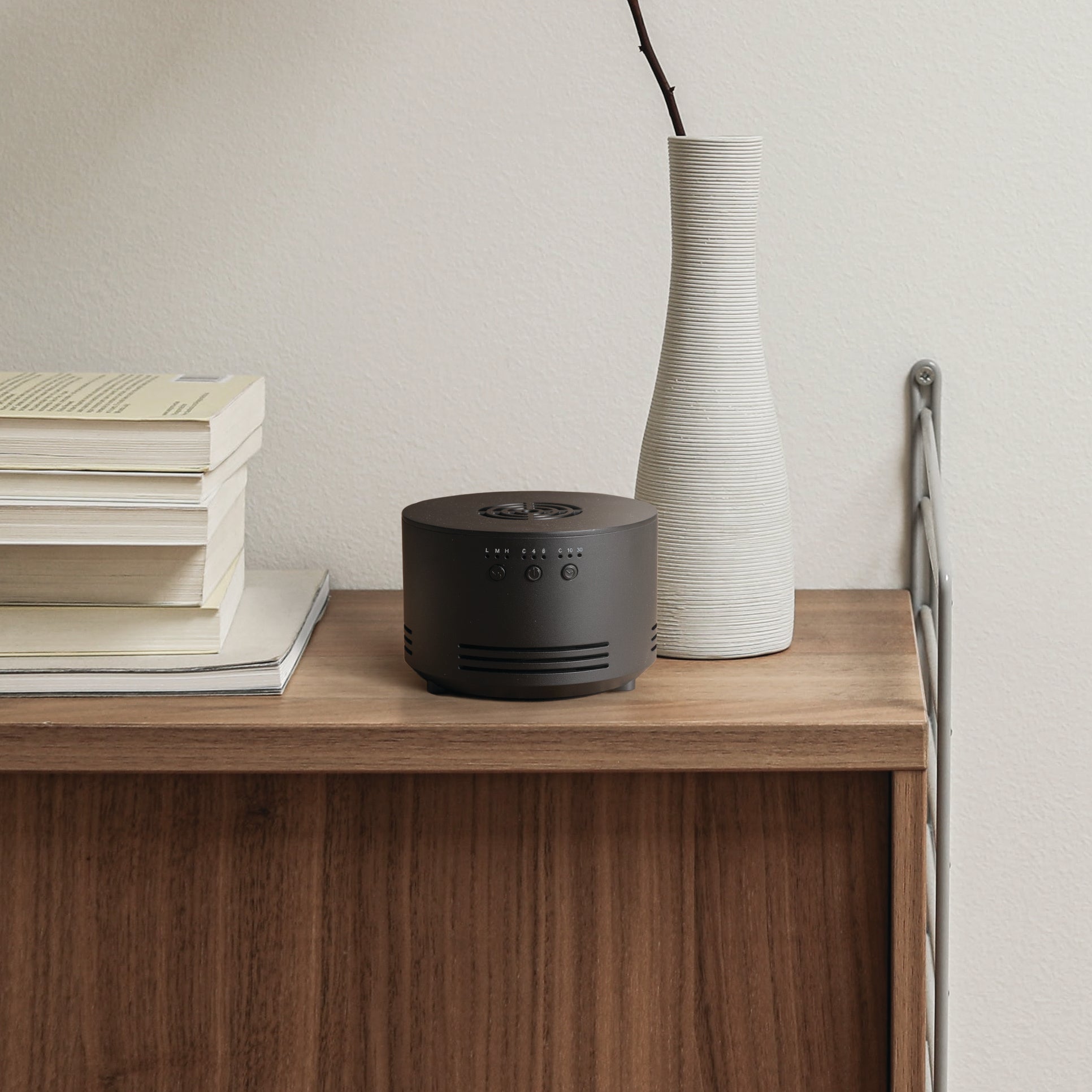The Efficacy of Essential Oils as Antimicrobial Agents
Essential oils have long been valued by many cultures for their antimicrobial and antifungal properties. However, modern scientific research is now showing quantitative evidence that essential oils can indeed fight different pathogens when used appropriately.
For instance, a 2001 study in the Oxford Journal of Antimicrobial Chemotherapy showed the following effects of a wide variety of common essential oils against respiratory tract pathogens such as E. coli, S. aureus, streptococci and H. Influenzae:
"Among the 14 essential oils, cinnamon bark, lemongrass and thyme (wild and red) oils showed the highest activity, inhibiting six strains at <12.5 mg/L air, with the exception of lemongrass oil, which exhibited weak activity against E. coli (MID, 100 mg/L air). Perilla, thyme (geraniol), peppermint, tea tree, coriander and lavender (spike and true) oils showed moderate activity against all isolates except E. coli. However, tea tree and coriander oils showed activity against E. coli comparable to that against other strains."
Additionally:
- A 2007 study from the Brazilian Journal of Medical and Biological Research found that "L. sidoides (African Geranium) and its major components exert(ed) promising antimicrobial effects against oral pathogens and suggest its likely usefulness to combat oral microbial growth."
- A 2001 study from Georgetown University showed that oil of oregano, at a relatively low dosage, was found to be effective against Staphylococcus bacteria and was comparable in its germ-killing properties to antibiotic drugs such as streptomycin, pencillin and vancomycin.
- A 2009 study published in the Journal of Applied Sciences stated that, based on their findings, some essential oils either in single or in mixed applications could be a source of pharmaceutical material required for the preparation of new therapeutic and antimicrobial agents.
These are just a few of the many published scientific articles detailing the positive health and medical benefits of essential oils. Research like this continues to be released regularly by respected universities and organizations worldwide.
At Ascents, our essential oil blends use many of the same medical-grade essential oils used in the above studies. We are committed to manufacturing the very best products, under the strictest quality controls available, in order to provide the desired wellness results for our customers.
For more information or to purchase Ascents products, visit ShopAscents.com.






Leave a comment
This site is protected by hCaptcha and the hCaptcha Privacy Policy and Terms of Service apply.